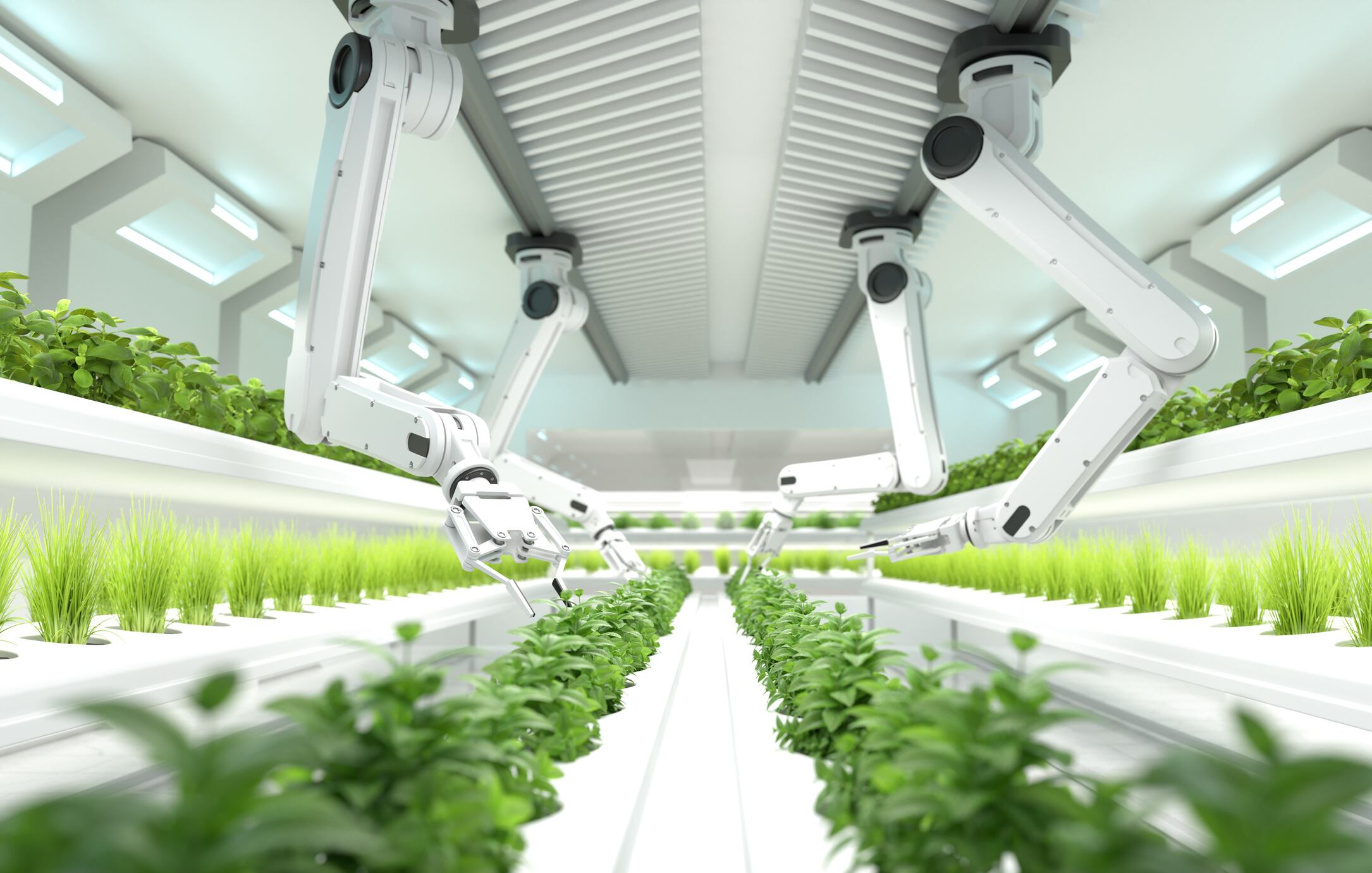What are the barriers to market for alternative proteins? Summary
- Cultivated meat and precision fermentation still face major scaling challenges
- Price remains the biggest hurdle for precision fermentation commercial success
- Upskilling and infrastructure are needed to support fermentation upscaling
- UK regulators are easing rules to accelerate product market entry
- Consumer access to cultivated meat is limited outside select countries
While the market for plant-based alternatives is already well-established, other forms of alternative proteins, such as cultivated meat and precision fermentation-derived products, are not.
Despite innovations and cost-cutting successes, large-scale commercialisation is still squarely in the future.
While both sectors have some existing products, they have a long way to go before achieving the scale or the ubiquity of the plant-based sector.
Barriers to commercialising precision fermentation
Precision fermentation uses microorganisms as production factories to create specific ingredients. As its name suggests, it’s a form of fermentation that allows manufacturers to be very specific, and can be used for all kinds of products. Alternatives for meat and animal products is one of its most common uses.
Precision fermentation is immensely versatile and can improve the texture, flavour, and micronutrient content of a broad range of products, explained Rodrigo Ledesma-Amaro, director of the Bezos Centre for Sustainable Protein and Microbial Food Hub, at Future Food-Tech London last month.
Perhaps most significantly, this can be done without additives or chemically-produced ingredients.
“Precision fermentation can make any kind of ingredient you can imagine.”
The Bezos Centre, which is based in Imperial College London and was launched in January, conducts research on meat alternatives, centred around cutting down the barriers to commercialisation and getting products closer to market.
The main barrier for commercialising precision fermentation-derived products is still price, explained Ledesma-Amaro.
Getting the price down to levels acceptable with consumers still requires more research and funding, he explained.
Upscaling is another bottleneck. Precision fermentation not only needs greater physical capacity, but more human skill as well. More people need to be trained.
Regulation is also a barrier, but it is changing. For example, Ledesma-Amaro pointed out that the UK’s Food Standards Agency (FSA) had just announced a new initiative to help businesses get their products to market faster, with a particular focus on precision fermentation.
Barriers to commercialising cultivated meat
Cultivated meat – meat grown from cells in a lab – is for most consumers, outside of a few geographies such as the US, Israel and Singapore, just something they’ve heard about, rather than a product they can actually buy.
Traditionally, regulation has been the biggest barrier for cultivated meat. But, as Ledesma-Amaro pointed out, some initiatives are trying to change that.
For example, the FSA’s cultivated meat regulatory sandbox is giving companies more freedom to test out their processes, with the aim of getting their products to market more quickly.
As with precision fermentation-derived products, cultivated meat also faces challenges in the area of scaling and price.
Reaching commercially viable levels of production, and reducing the price to one that consumers will be willing to pay, is still proving challenging for the sector.
A lot of research still needs to take place in both areas, explained Ledesma-Amaro.




